The characteristics of the yellow-legged hornet
The yellow-legged hornet (Vespa velutina), native to Asia, is an invasive species. Since its accidental introduction to France around 2004, it has rapidly spread across France and Europe, disrupting local ecosystems. Less aggressive towards humans than the European hornet, it poses a significant threat to honeybees, which it preys upon.
It measures about 3 cm and is identifiable by its black thorax, yellow legs, and an orange band on its abdomen.
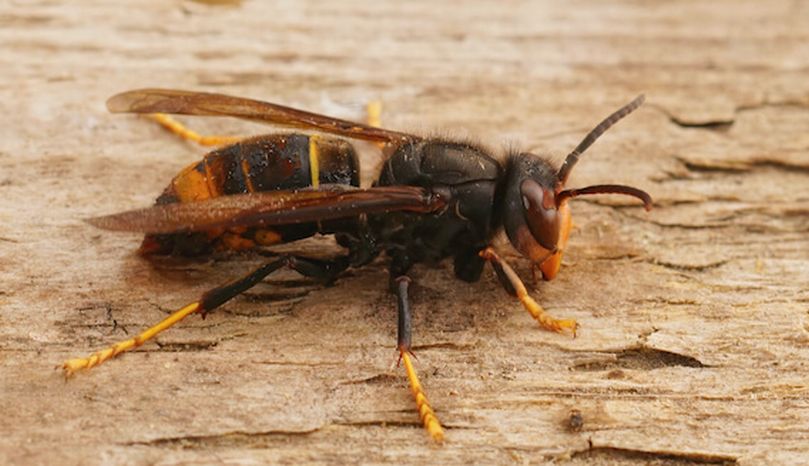

The impacts on honeybee colonies
The yellow-legged hornet is the second predator of bee colonies. It hovers at the entrance of hives to hunt its prey. The stress caused by the presence of these insects prevents bees from foraging freely, leading to their death.
In addition to bees, this pest also attacks a large number of insects, posing a threat to biodiversity.
Techniques for fighting yellow-legged hornets
There are currently two main control solutions: nest destruction and hornet trapping. These two actions do not allow for the eradication of the hornet, but they help slow down its spread and reduce its impact on the hives.
Spring trapping targets the founding hornets, summer trapping focuses on worker hornets, and fall trapping targets the reproductive hornets. Alternative solutions (electric rackets, hive shields) are also used by beekeepers.
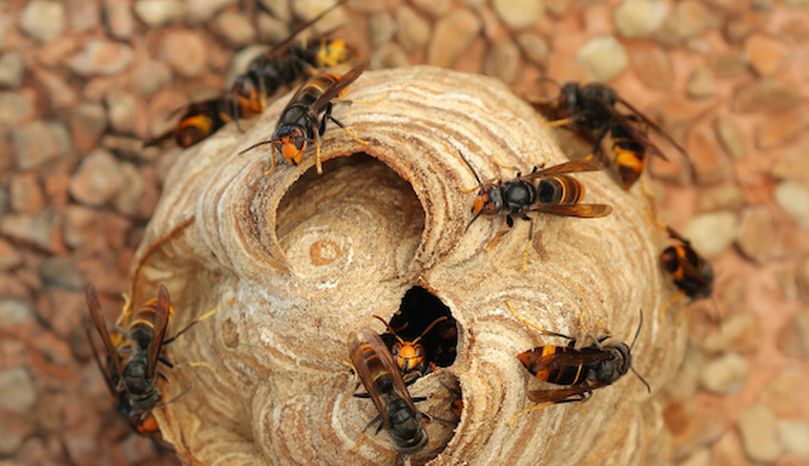
Our Products Against the Asian Hornet

VespaCatch Original is a trap designed to catch Asian hornets efficiently and economically.

VespaCatch Select is the latest addition to the range. It allows for the selective trapping of Asian hornets without impacting other species.
To Go Further

Selective trap for Asian hornet shows promising results
Selective trap for Asian hornet control by Véto-pharma—eco-friendly, affordable, and effective in protecting biodiversity and beekeeping.
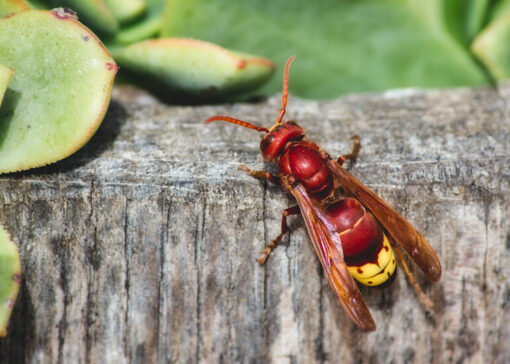
Vespa orientalis, a new threat to honey bee colonies?
Lean more on the oriental hornet (Vespa orientalis), a potential new threat to honey bee colonies in Europe.
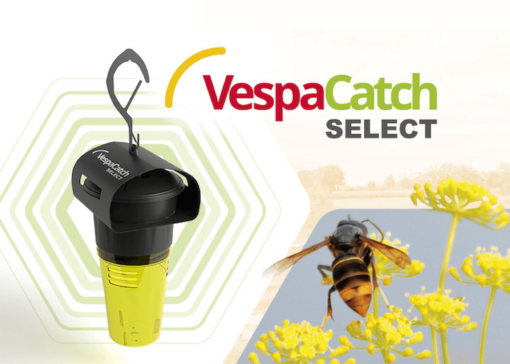
VespaCatch Select: New Selective Trap for the Asian Hornet
VespaCatch Select is a new selective and innovative trap against the Asian hornet. It allows small insects to escape and can adapt to several species of hornets.
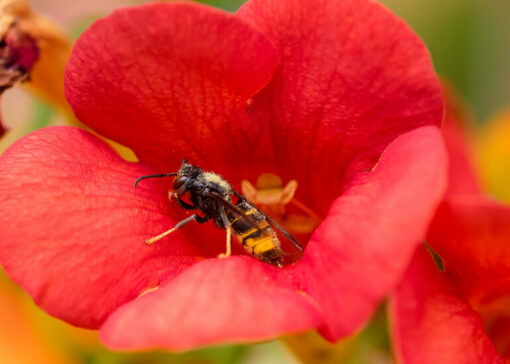
Hive Under Siege: The Growing Threat of Hornets to Bee Colonies
Discover the threat posed by hornets for the crucial pollinators. Enter into their life cycle and roles on ecology and biodiversity.

Spot, Approach, Destroy: Dealing with Yellow-legged hornet Nests
Learn the best techniques to spot, approach, and safely destroy the nests of the invasive Yellow-legged hornet
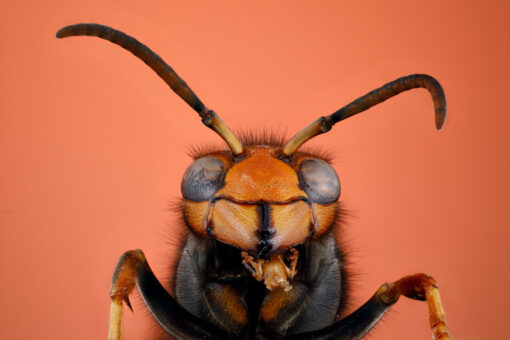
Guardians of the Apiary: Trapping the Yellow-legged Hornet Effectively
Yellow-legged hornets (Vespa velutina, also called “Asian hornets” in Europe) pose a significant threat to honeybees, feeding on them voraciously. But beekeepers, fear not!
